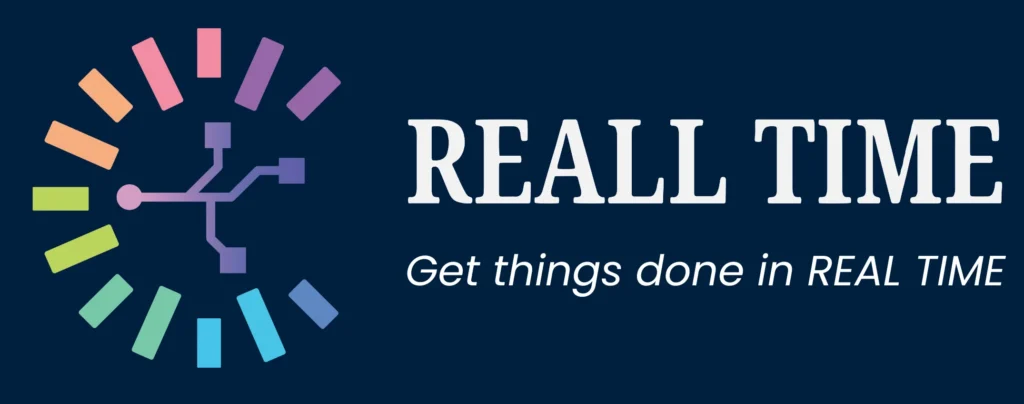In today’s competitive and rapidly changing business landscape, flexibility is crucial for success. Companies often need to scale up or down quickly to meet project demands, and this is where staff augmentation comes in. Staff augmentation is a popular workforce model that allows businesses to hire skilled professionals on a project-by-project basis without long-term commitments. This strategy provides flexibility, reduces overhead costs, and offers access to specialized expertise, making it a valuable approach for companies of all sizes.
What is Staff Augmentation?
Staff augmentation is a business strategy where organizations bring in external talent to supplement their in-house team for specific projects or skills. Unlike traditional hiring, staff augmentation is typically short-term or project-based, allowing businesses to enhance their workforce without permanent hires. This model is especially beneficial for projects that require specialized skills, such as IT, software development, or digital marketing.
In staff augmentation, companies can choose between different types of workers based on their needs:
- Short-term hires for seasonal projects or immediate needs.
- Long-term hires for extended projects.
- Specialized skill hires for expertise in fields like data science, cybersecurity, or UX/UI design.
Benefits of Staff Augmentation
- Cost Efficiency
Traditional hiring involves expenses such as recruitment, onboarding, and benefits. Staff augmentation reduces these costs, as companies only pay for the talent they need, when they need it. This approach eliminates the need for long-term commitments and additional overhead, offering flexibility to allocate budgets effectively. - Access to Specialized Skills
Staff augmentation provides access to a global talent pool of highly specialized professionals. For example, a tech company may need a cybersecurity expert for a short-term project. Instead of hiring a full-time employee, the company can augment its team with the expert only for the project duration. - Scalability and Flexibility
As project demands change, companies can quickly scale their workforce up or down. This agility helps organizations stay competitive by adapting to market shifts without the constraints of permanent hiring. - Reduced Recruitment Time
Finding and hiring full-time employees can be a lengthy process. Staff augmentation allows businesses to bring in skilled professionals faster, minimizing the time and resources spent on recruitment. This benefit is especially valuable for companies working on tight project timelines. - Control and Oversight
Unlike outsourcing, where entire projects are handed over to external vendors, staff augmentation keeps project management in-house. This model allows companies to maintain control over the project while gaining access to additional talent.
Staff Augmentation vs. Outsourcing: Key Differences
Although similar, staff augmentation and outsourcing have distinct differences. Staff augmentation adds external workers to a company’s existing team, whereas outsourcing transfers entire projects or business functions to a third-party vendor. Here are a few key differences:
- Control Over the Project
With staff augmentation, companies retain full control over project management and team collaboration. In contrast, outsourcing often requires handing over control of the project to the vendor, which may lead to less direct oversight. - Flexibility
Staff augmentation provides greater flexibility, as companies can scale their workforce based on project needs. Outsourcing is usually more rigid, often bound by contractual terms that limit flexibility. - Integration with In-House Team
Staff augmentation professionals work alongside in-house employees, fostering collaboration. Outsourcing, however, can create a disconnect, as the external team may not be as integrated with the company’s culture or processes. - Cost Considerations
Staff augmentation can be cost-effective for short-term or specialized needs, as companies only pay for the duration of the project. Outsourcing, on the other hand, may involve long-term commitments that could be more expensive, especially if the project requires ongoing support.
Types of Staff Augmentation
Depending on project requirements, businesses can choose from various types of staff augmentation:
- Commodity-Based
This is a straightforward option for filling positions that don’t require specialized skills. Examples include administrative assistants or data entry roles. - Skill-Based
Skill-based augmentation focuses on bringing in employees with specific expertise, such as software developers, graphic designers, or customer service representatives. This model is often used for technical projects that need niche skills. - Highly Skilled
For projects requiring advanced expertise, highly skilled augmentation is ideal. This category includes positions like data scientists, cybersecurity experts, and AI developers who bring in-depth knowledge for critical tasks.
Industries That Benefit Most from Staff Augmentation
Staff augmentation is versatile, and many industries can leverage this model to enhance their workforce:
- Information Technology (IT)
The IT industry frequently relies on staff augmentation for projects involving software development, cybersecurity, and network management. Skilled professionals in these areas help IT companies meet specific project needs without long-term hires. - Healthcare
Healthcare organizations often face fluctuating demands for personnel, especially in research, data analysis, and telemedicine. Staff augmentation allows them to bring in specialized talent when required without increasing permanent headcount. - Finance
Financial institutions use staff augmentation for roles in accounting, financial analysis, and compliance. This approach enables them to scale up for regulatory compliance or data management projects, meeting short-term needs without expanding their workforce. - E-commerce
In the e-commerce sector, demand can vary significantly due to seasonal changes. Staff augmentation allows businesses to scale up during peak shopping periods, such as holidays, by adding customer service representatives, logistics coordinators, and digital marketing specialists.
Key Considerations for Successful Staff Augmentation
To make the most of staff augmentation, companies should consider these best practices:
- Clearly Define Project Requirements
Before engaging in staff augmentation, businesses should define project objectives, timelines, and required skills. Clear expectations help ensure that augmented staff are well-aligned with project goals. - Choose the Right Provider
Selecting a reputable staff augmentation provider is crucial. Look for providers with a track record of success, experience in your industry, and access to high-quality talent. - Focus on Cultural Fit
Augmented staff are more effective when they align with the company’s culture. Ensuring a good cultural fit leads to better collaboration and smoother integration with the in-house team. - Monitor Performance and Provide Feedback
Regular performance assessments help gauge the success of the augmented team. Providing feedback allows for ongoing improvement, ensuring that both parties benefit from the engagement. - Embrace Flexibility
One of the primary advantages of staff augmentation is flexibility. As project requirements change, businesses should be ready to adjust their workforce, adding or reducing staff based on current needs.
Trends Shaping the Future of Staff Augmentation
With technological advancements and remote work, staff augmentation is evolving. Here are some trends impacting this model:
- Remote and Hybrid Work Models
Remote work has expanded the global talent pool, allowing companies to find qualified professionals from any location. The flexibility of remote and hybrid work also makes staff augmentation more accessible to small businesses. - Artificial Intelligence and Automation
AI and automation are transforming staff augmentation by streamlining recruitment and onboarding processes. AI-driven tools can match professionals with projects, making hiring faster and more efficient. - Increased Demand for Specialized Skills
As industries become more complex, the demand for specialized skills, like machine learning and blockchain development, is rising. Staff augmentation provides companies with access to such expertise without committing to long-term contracts. - Focus on Agile Project Management
Staff augmentation is well-suited to agile project management methodologies, which prioritize flexibility and adaptability. As more companies adopt agile methods, staff augmentation will play a significant role in meeting project needs.
Final Thoughts
Staff augmentation is a versatile, cost-effective model that provides businesses with the flexibility to scale their workforce and access specialized skills. Whether you’re a growing startup or a large enterprise, staff augmentation can help you meet project demands without the long-term commitment of traditional hiring. Embracing this model allows companies to stay agile, optimize resources, and focus on growth in an ever-evolving business landscape.

